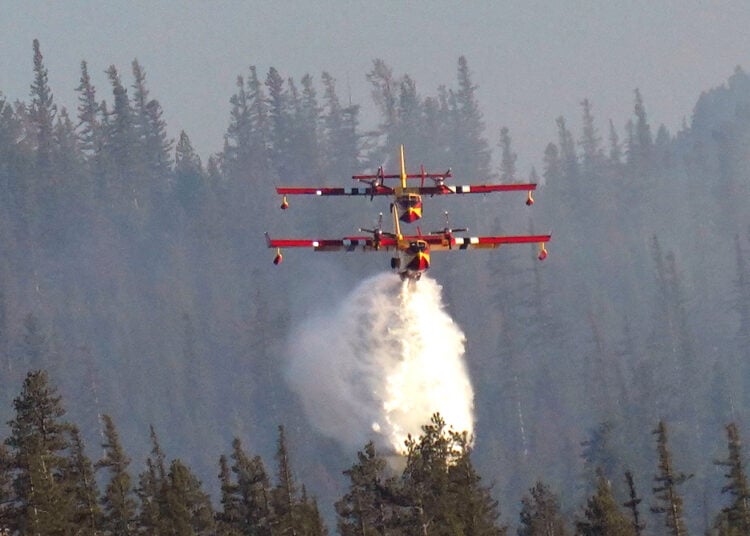If you read my editorials every issue, you know that two things are very close to my heart in aviation. I am a massive proponent of aviation safety and training; some would agree you can't have the first without the second.
Much like my last column, where I spoke about the need for an association to represent the aerial firefighting community's best interests, I wish our industry had a set standard for training requirements; measures over and above what is required for the annual USFS carding and some other state agency's requirements.
In my years in this seat, I have seen some stellar examples of individual training provided by several companies. It is, however, not a national standard because no national or international best practices or training standards have been set for the industry.
I know that I fall back on examples from associations like the Airborne Public Safety Association (APSA), which provides annual training for public safety professionals; there are other stellar examples out there in the aviation field, like the training, accreditation, and auditing services offered by organizations like the Commission on Accreditation of Medical Transport Systems (CAMTS). They cater to the air medical industry.
CAMTS focuses more on the medical side of air medical transport. However, the organization's focus on aviation safety and the training that the organization provides at its annual Air Medical Transport Conference (AMTC) is substantial. Like the offerings from APSA, it shows a glaring hole that our industry currently has where we could do better.
While I believe that creating an entity that can provide all of these services plus the industry reputation on a national level is several years away at best, I think there is still a massive opportunity for an entity in the private sector. Or even multiple companies to seize a business opportunity to provide a service that would undoubtedly be very successful.
Several companies are providing pieces of that training pie, be it flight simulators, virtual reality fire drop simulations, sandbox training, or other training components. Most companies rely on putting all those pieces in place to cobble together a comprehensive training syllabus within their specified training period for each company.
With the diversity of our industry and the types of aircraft used, the task is enormous, but like eating an elephant, the task could be completed the same way - one bite (or aircraft type) at a time. Before anyone says it, I am aware that I am looking through rose-colored glasses at the problem, and I understand that the logistics of providing training on a large scale can be daunting.
There is, however, an opportunity that can be capitalized on. I think it would benefit the entire industry that, in the long term, will hopefully form the building blocks to what could become something as complex and well thought out as what an organization like CAMTS provides the air medical industry.
It still somewhat bewilders me that in 2022 we as an organization still do not have an overall industry representation like the air medical or public safety arena, being that both of those industries have existed just about as long as aerial firefighting and members from those industries banded together over fifty years ago and realized the need for representation and training for their industries. However, our industry still struggles to get organized, even as we continue to lose good people every year.
I am not naive enough to believe that we can solve all the problems of the industry, but I know that by providing more training opportunities to pilots and ground crew alike, we can sure as hell take a stab at making a difference. Call me idealistic, but I want to see everyone go home at the end of every season, not see how many GoFundMe campaigns have been created to care for those left behind.
Safety in this industry is like an itch that needs to be scratched constantly. Without an organized approach to training provisions, we are only as good as each company and each pilot's approach to safety. As one industry, however, we might just make a dent and be able to provide, through knowledge and experience, some learning material that could save a life or two down the line.
Fly Safe,
Ryan






